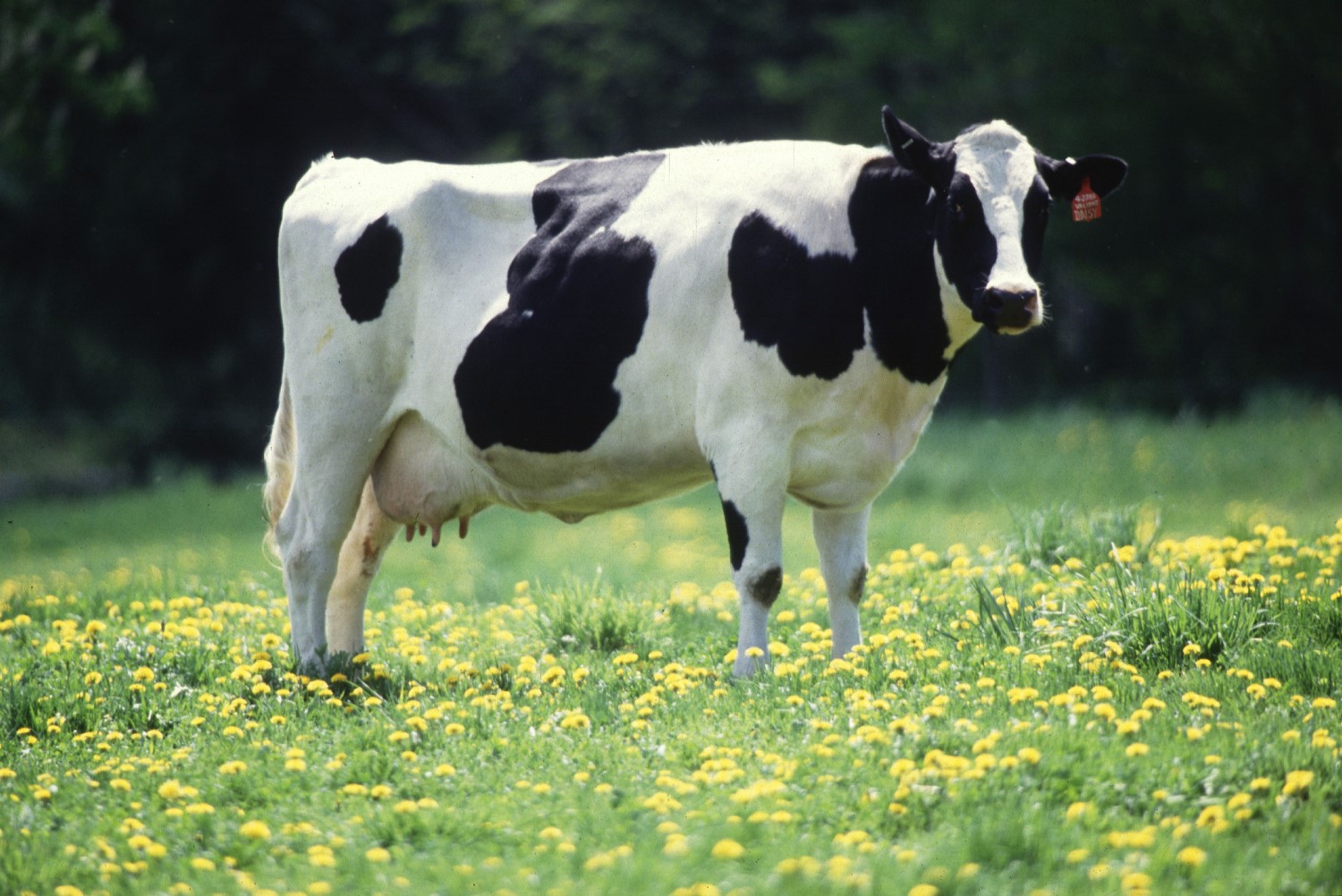
USDA Confirms Highly Pathogenic Avian Influenza in Dairy Herd in Nebraska
On Sept. 15, 2025, the U.S. Department of Agriculture (USDA) Animal and Plant Health Inspection Service (APHIS) National Veterinary Services Laboratories (NVSL) confirmed a detection of highly pathogenic avian influenza (HPAI) H5N1 clade 2.3.4.4b, genotype B3.13 in a dairy cattle herd in Nebraska. This confirmation was a result of State tracing and investigation, following an initial detection from pre-movement surveillance milk samples required under USDA’s April 2024 Federal Order.
This marks the first known case of HPAI in cattle in Nebraska. While dairy cattle in a total of 17 states have been infected since the start of the outbreak in March 2024, APHIS has seen cases in only a small number of states this year.
APHIS is working closely with the Nebraska Department of Agriculture to conduct additional on-farm investigation, testing, and gathering of additional epidemiological information to better understand this detection and limit further disease spread.
The detection does not change USDA’s HPAI eradication strategy. Biosecurity is still key to mitigate the risk of disease introduction or spread between premises; APHIS recommends enhanced biosecurity measures for all dairy farms, particularly as we enter fall migratory bird season. Producers should immediately report any livestock with clinical signs, or any unusual sick or dead wildlife, to their state veterinarian.
There is no concern that this circumstance poses a risk to consumer health, or that it affects the safety of the commercial milk supply. The U.S. Food and Drug Administration (FDA) is confident that pasteurization is effective at inactivating H5N1, and that the commercial, pasteurized milk supply is safe. Dairies are required to send only milk from healthy animals into processing for human consumption; milk from impacted animals is being diverted from the commercial milk tank or destroyed so that it does not enter the human food supply.
Tags:
Source: U.S. Department of Agriculture
Credit:
